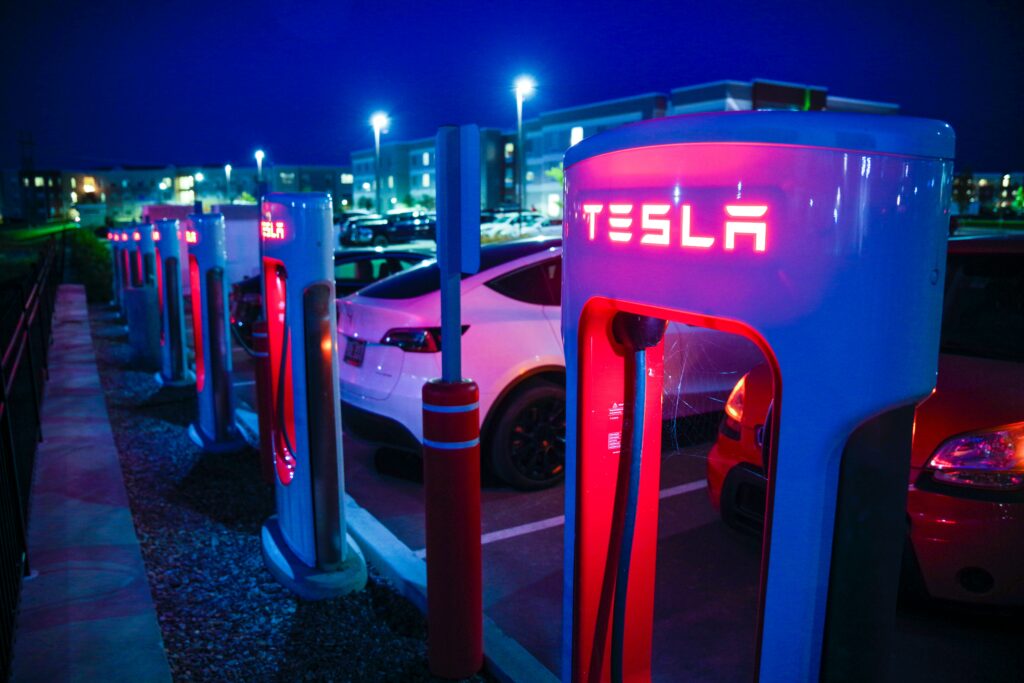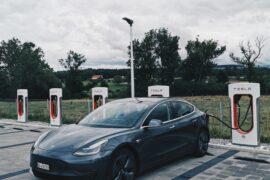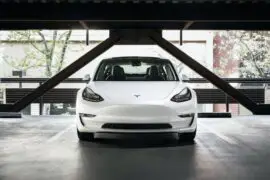When it comes to the electrifying world of electric vehicles (EVs), one of the most critical decisions for owners is how to charge their vehicles efficiently and conveniently. Two primary options emerge destination chargers and superchargers. Let’s dive into the nuances of each to help you make an informed decision. In this article, we will discuss “destination vs supercharger”.
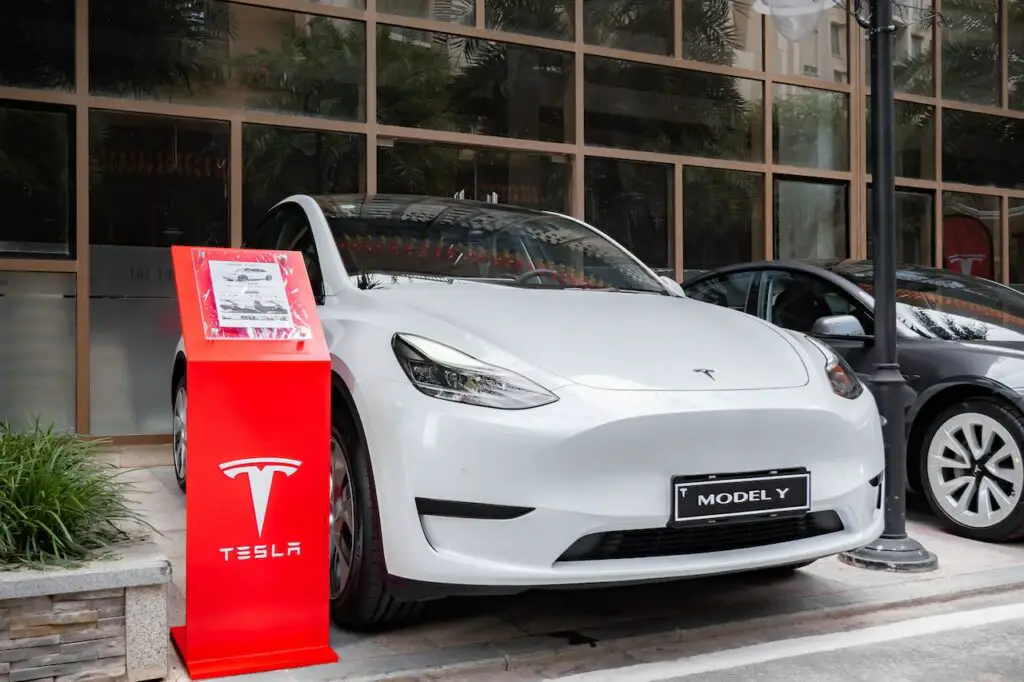
Contents
Understanding Destinations and Superchargers
What is a destination charger?
Destination chargers are akin to your slow cooker in the kitchen of EV charging. They’re typically Level 2 charging stations found at places where EV drivers spend time, such as hotels, restaurants, and shopping centers. While they offer slower charging speeds compared to superchargers, they’re perfect for topping up while you enjoy a meal or indulge in some retail therapy.
What is a supercharger?
In contrast, superchargers are the Ferrari of the EV charging world—fast, sleek, and exclusive. Developed by Tesla, these high-powered charging stations are specifically designed for Tesla vehicles, providing significantly faster charging rates compared to destination chargers. They’re strategically located along highways and major travel routes for rapid refueling during long-distance journeys.
Pros and Cons
Advantages of destination chargers:
- Convenience: Picture this: you’re enjoying a gourmet meal at your favorite restaurant, and your EV is charging quietly in the parking lot. Destination chargers offer this level of convenience, allowing you to top up while you engage in other activities.
- Accessibility: These chargers are becoming increasingly prevalent, making them accessible to a broad range of EV owners. From urban areas to remote towns, destination chargers are popping up everywhere, ensuring you’re never too far from a power-up.
Advantages of superchargers:
- Fast Charging: Need a quick recharge during a road trip? Superchargers have got you covered. They provide rapid charging speeds, slashing your charging time and allowing you to hit the road again in no time.
- Tesla Exclusive: If you’re a proud owner of a Tesla vehicle, superchargers are your best friend. They’re tailored to Tesla’s specifications, ensuring compatibility and optimized charging performance.
Disadvantages of destination chargers:
- Slower Charging Speeds: Compared to superchargers, destination chargers offer slower charging rates, which might not be ideal for quick top-ups during long journeys.
- Limited Availability: While destination chargers are becoming more common, they may still be less prevalent in some areas compared to superchargers, potentially posing challenges for EV owners in remote locations.
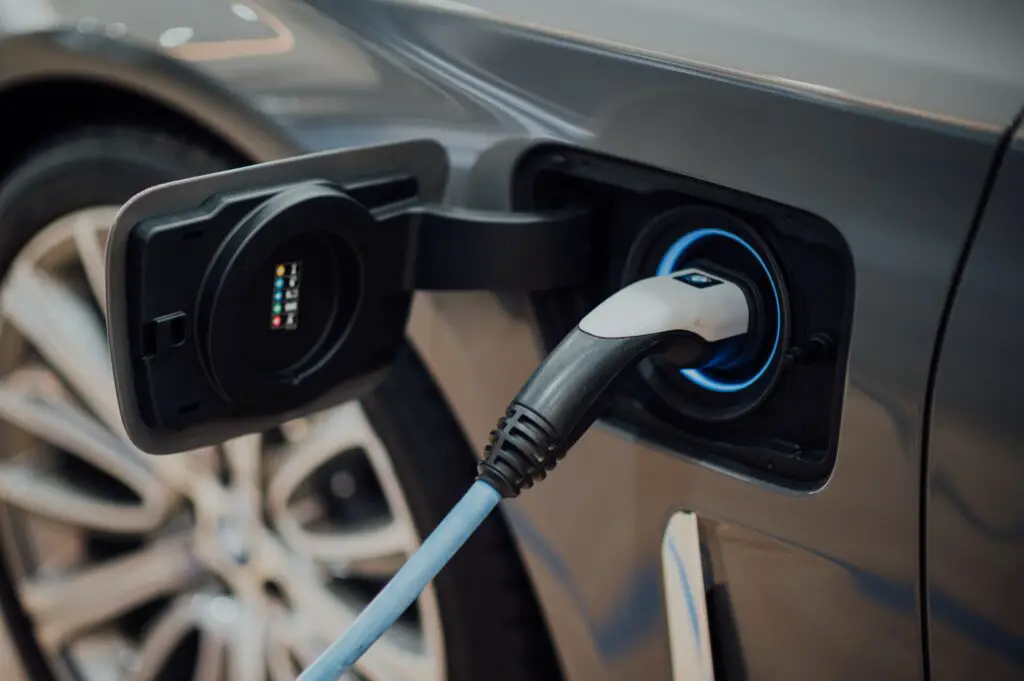
Disadvantages of superchargers:
- Tesla Exclusive: Unfortunately, superchargers are exclusive to Tesla vehicles, leaving owners of other EV brands out in the cold.
- High Demand: Superchargers may experience high demand during peak travel times, leading to potential wait times for charging. Patience is key during holidays or busy travel seasons!
Compatibility
When it comes to compatibility, superchargers are a one-brand show—they only cater to Tesla vehicles. On the other hand, destination chargers welcome a broader range of electric cars, making them a more inclusive option for EV owners of various brands.
Convenience
Convenience of destination chargers:
Imagine strolling through a bustling shopping center, knowing that your EV is happily charging in the parking lot. That’s the beauty of destination chargers—they allow you to recharge while you shop, dine, or unwind.
Convenience of superchargers:
Superchargers prioritize speed and efficiency, providing a quick refueling option for long-distance travelers. Whether you’re embarking on a cross-country adventure or a weekend getaway, superchargers ensure you spend less time charging and more time enjoying the journey.
Accessibility
Accessibility of destination chargers:
Destination chargers are popping up everywhere, from urban centers to remote towns. Businesses and public facilities are installing them to cater to the growing EV market, ensuring you’re never too far from a power-up.
Accessibility of superchargers:
While superchargers are strategically located along major travel routes, their exclusivity to Tesla vehicles may limit accessibility for owners of other electric car brands. However, Tesla owners can enjoy the convenience of rapid charging during long journeys, thanks to Tesla’s extensive supercharger network.
Cost
Comparing the cost of charging at destination chargers versus superchargers is essential for budget-conscious EV owners. While destination chargers may offer free or low-cost charging options, superchargers typically require payment based on electricity usage or a flat fee per charging session.
Sustainability
Both destination chargers and superchargers contribute to reducing greenhouse gas emissions by promoting the use of electric vehicles. By transitioning away from traditional gasoline-powered vehicles, EV owners can reduce their carbon footprint and contribute to a cleaner, greener future.
Speed
Charging speed is a crucial factor for EV owners, especially during long journeys. While superchargers offer rapid charging rates, destination chargers provide slower charging speeds better suited for leisurely top-ups during shopping trips or restaurant visits.
User Experience
The overall user experience at charging stations can significantly impact EV owners’ perceptions and preferences. Factors such as ease of use, reliability, and amenities available at charging locations can influence EV owners’ satisfaction with their charging experience. Both destination chargers and superchargers strive to provide positive user experiences by offering convenient, reliable, and accessible charging options for EV owners.
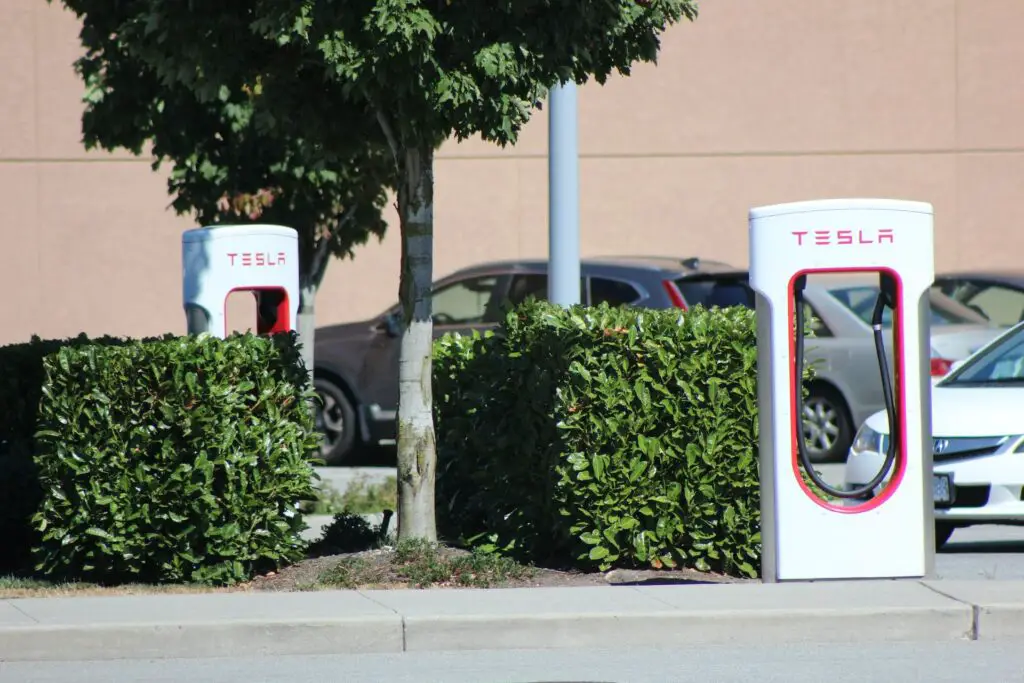
Future Outlooks destination vs supercharger
As EV adoption continues to grow, the landscape of charging infrastructure is expected to evolve, presenting new opportunities and challenges for both destination chargers and superchargers. Advances in technology, such as faster charging rates and increased charging station availability, will improve the convenience and accessibility of charging options for EV owners, further driving the transition to sustainable transportation solutions.

